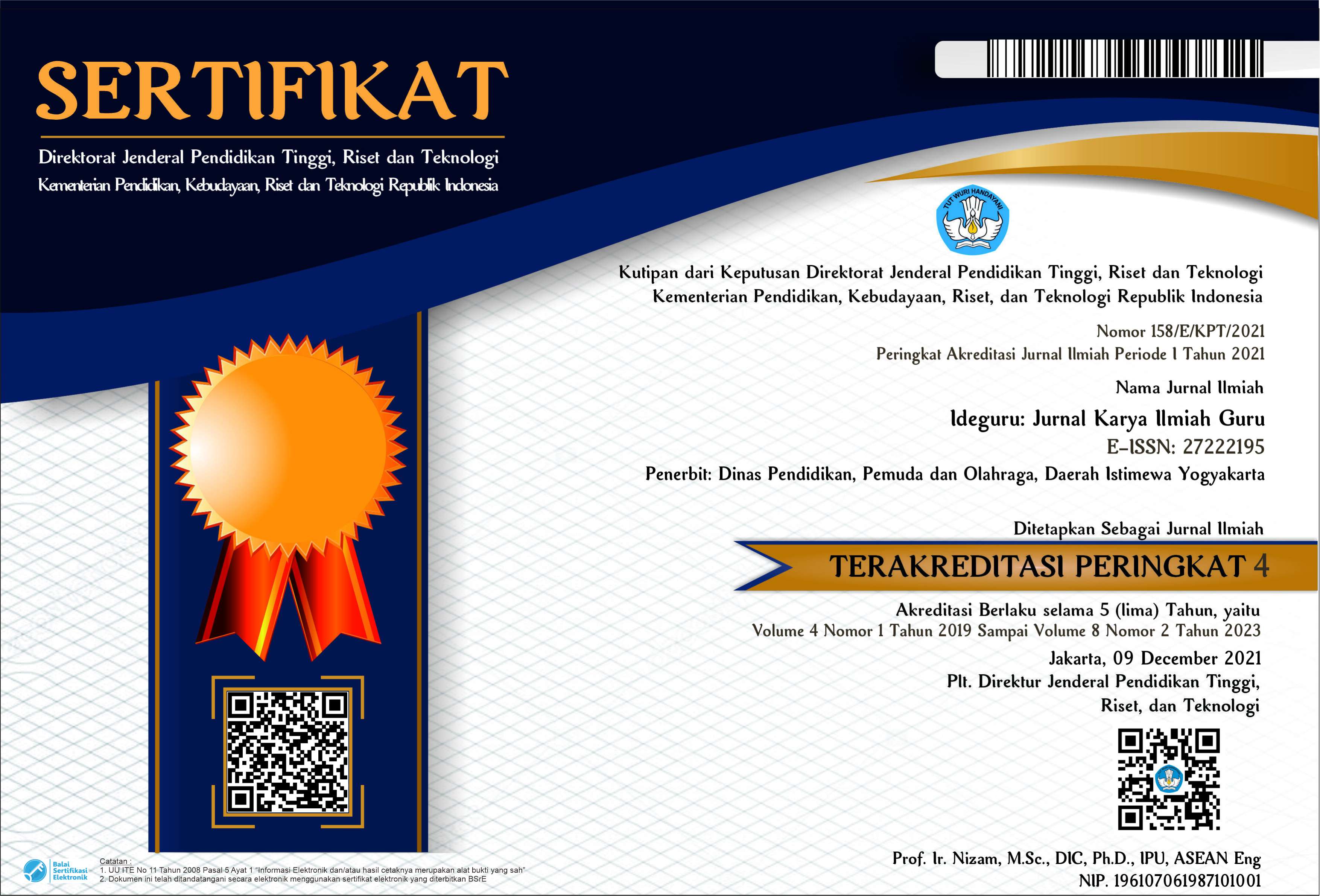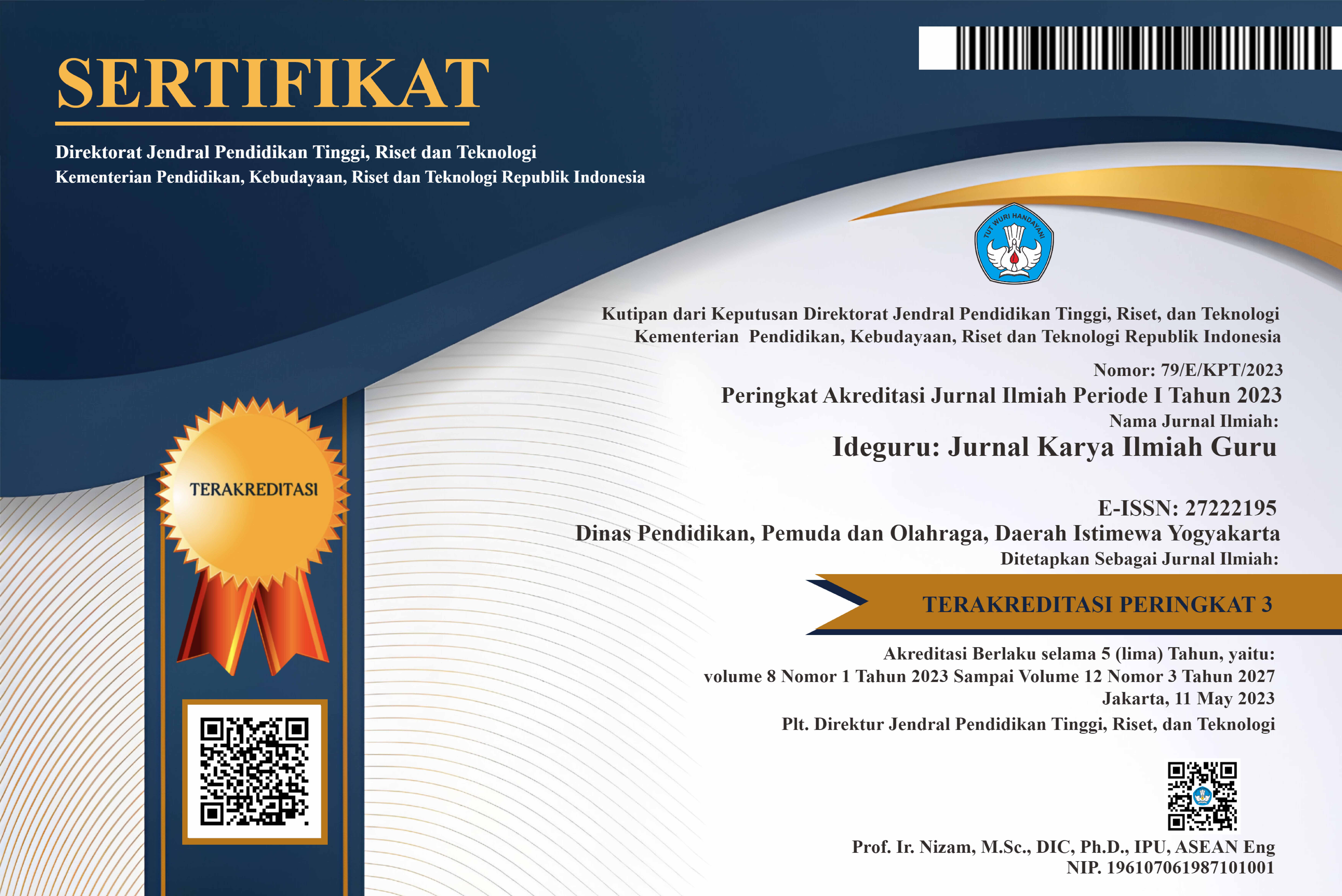Transformasi Pembelajaran di Sekolah Menengah Kejuruan: Analisis Mendalam Fleksibilitas M-learning
Abstract
Technological developments, particularly in m-learning, have provided new innovations in learning and opened up the potential for future educational transformation. This research uses a qualitative method that emphasizes the meaning, perception, and experience of the research subject. The purpose of this research is to analyze the flexibility of learning with m-learning approach. Data collection techniques used interviews and observations. The informants of this research include the manager of the m-learning platform, 2 teachers, and 5 students at Vovational high school 6 Surakarta. Data analysis techniques include three stages, namely data reduction, data presentation, conclusion drawing and verification. The research findings show that VHS 6 Surakarta presents innovation through the integration of m-learning using the Viska Learning platform. The implementation of m-learning positively increases the flexibility of learning, allowing access to materials anytime and anywhere. Teachers and learners recognize the significant benefits in improving learners' learning outcomes and material understanding. There is a need to improve teachers' understanding in order to maximize the utilization of m-learning, and improve the smoothness of internet access to support the use of m-learning for learning in schools.
PDF Downloads
Copyright (c) 2024 Bella Ananda, Suranto Suranto

This work is licensed under a Creative Commons Attribution 4.0 International License.

 DOI:
DOI:














